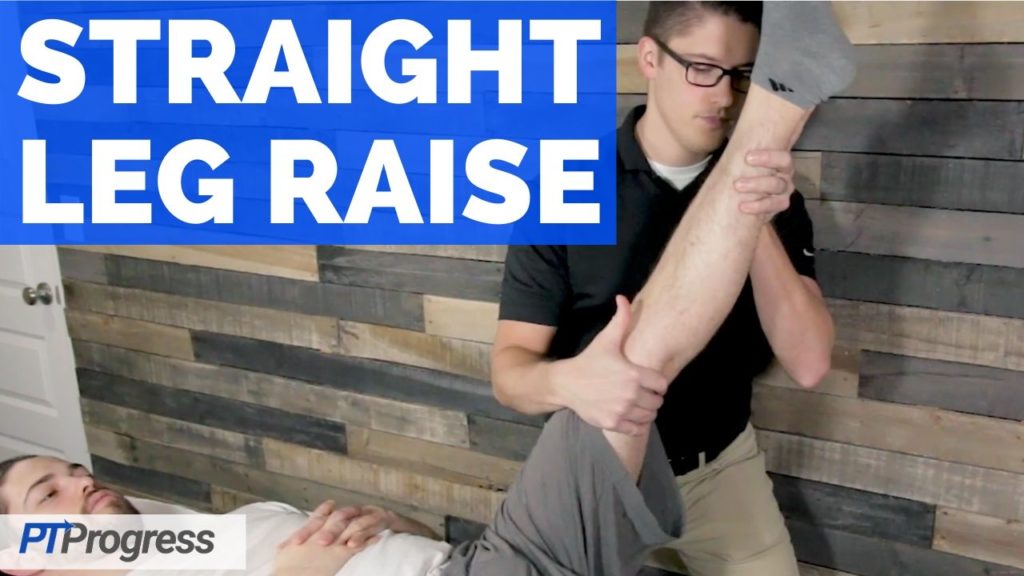
The straight leg raise test, also called Lasegue’s sign, is used to test for lumbar radiculopathy, most commonly referred to as Sciatica.
How to Perform Straight Leg Test
Position of Patient: The patient should be relaxed in the supine position with both legs extended.
Performance: The examiner gently raises the patient’s leg by flexing the hip, keeping the knee extended.
How to Interpret Straight Leg Raise Test
Positive Finding: A positive straight leg raise test occurs if the patient experiences pain or symptoms down the leg between 30 and 70 degrees of hip flexion, suggesting lumbar disc protrusion or herniation at the L4-S1 level. The clinician may also perform ankle dorsiflexion during the maneuver to enhance sensitivity of the test, a variation called the Bragaad’s sign.
Test Accuracy / Reliability / Evidence:
SLR showed high sensitivity (pooled estimate 0.92, 95% CI: 0.87 to 0.95) with widely varying specificity (0.10 to 1.00, pooled estimate 0.28, 95% CI: 0.18 to 0.40). Results of studies using imaging showed more heterogeneity and poorer sensitivity. The crossed SLR showed high specificity (pooled estimate 0.90, 95% CI: 0.85 to 0.94) with consistently low sensitivity (pooled estimate 0.28, 95% CI: 0.22 to 0.35).Combining positive test results increased the specificity of physical tests, but few studies presented data on test combinations.
Source: Daniëlle AWM van der Windt, et al ;Physical examination for lumbar radiculopathy due to disc herniation in patients with low-back pain;Diagnostic Test Accuracy Review
View more special tests: Faber Test

